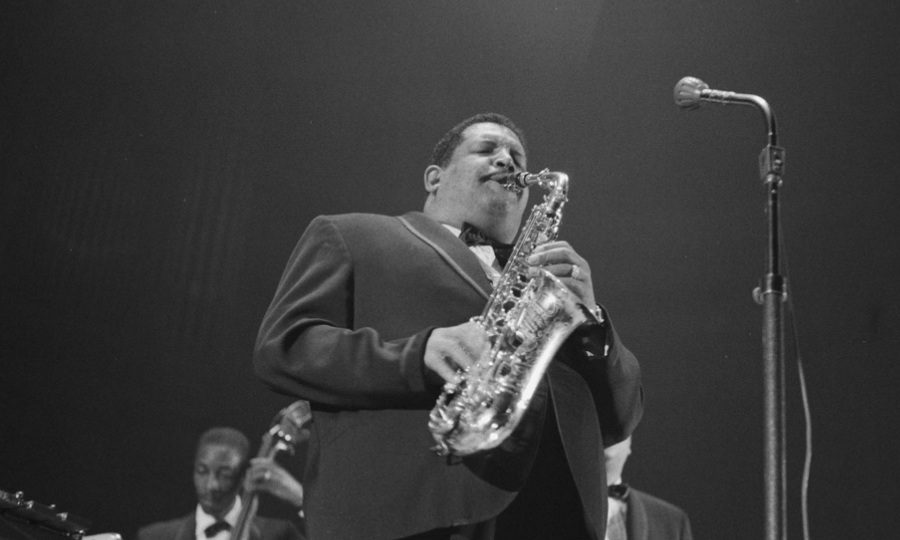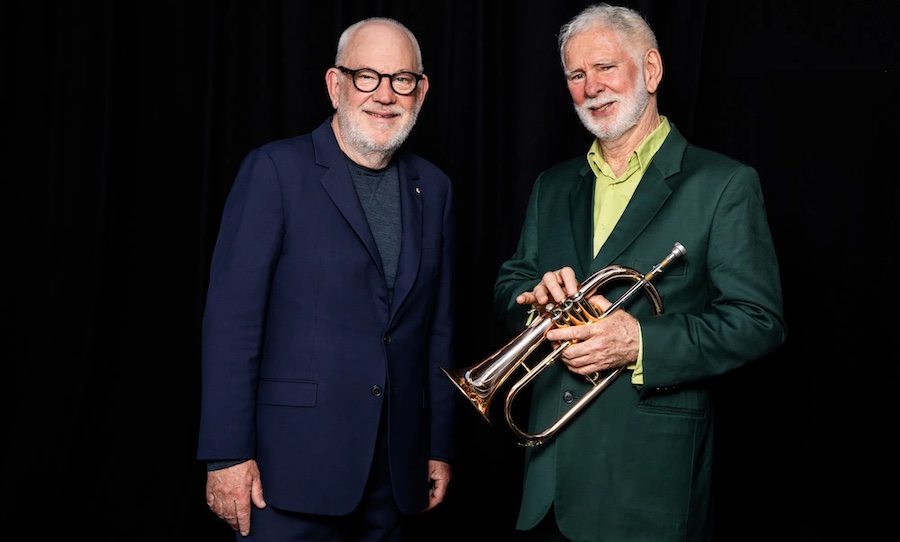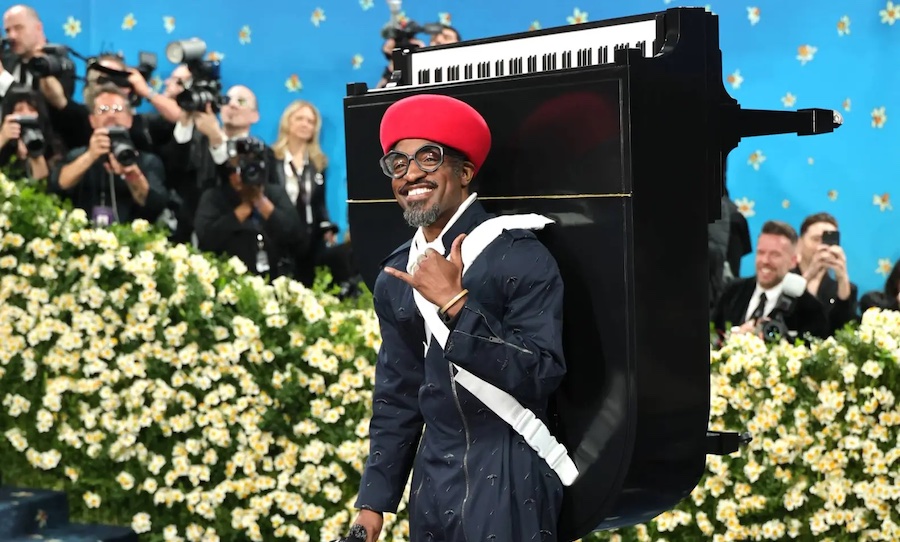When Julian Edwin Cannonball Adderley first arrived in New York City in the early ’50s, he was there to pursue higher education. Originally from Florida, the gregarious man had a local following in Fort Lauderdale and had played with Charlie Parker in the 1940s but had not yet besieged the walls of jazz.
As it turns out, New York was the gunpowder Cannonball Adderley needed to blast off: it happened on one fateful night in 1955. By chance, Cannonball and his brother Nat were asked to sit in with Oscar Pettiford one night in the Café Bohemia, in the West Village. The next day, there was talk of a new Charlie Parker on the scene.
As for the nickname, in his youth, one bandmate would try to make fun of his weight by calling him a cannibal but mispronounced it as ‘can-i-bol’. As other bandmates began to pick it up, it eventually morphed into ‘Cannonball’. Suitably, the name reflected his frenetic and hard-hitting improvisational style. 
From the Miles Davis Sextet to post-bop and beyond, here are five of the most incredible albums from the altoist giant that is Cannonball Adderley.
5. Somethin’ Else (1958)
Cannonball’s only record with Blue Note is what all the people are yelling about. Original copies of this 1958 classic go for quite a bit of cash and are essential for any jazz collection. While it is essentially a Miles Davis session, Adderley outshone the trumpet legend cementing his name in the hall of fame.
From opener Autumn Leaves to the penultimate track, Dancing in the Dark, Cannonball saunters along with a cool groove whilst crafting some of the most memorable jazz classics of all time. It’s reminiscent of smoky clubs and frenetic nights, all captured to tape by the legendary Rudy Van Gelder in his Hackensack, New Jersey studio.
Truly a landmark album of in the golden age of hard bop, and the perfect entry point to Cannonball Adderley.
4. Know What I Mean? – Cannonball Adderley with Bill Evans (1961)
In 1961, Adderley teamed up with the previous collaborator Bill Evans to craft a formidable soul-jazz monster. Cut across three dates at Bell Sound, this meeting of the minds produced 10 tracks of straight brilliance. Their marriage of piano and saxophone has never been so effortlessly telepathic and gripping than on Know What I Mean?
Adderley and Evans had previously worked together for Miles Davis and their playing showed unique sparks of fusion forming a bond between the two. Here, Adderley’s light, skipping solos are the perfect emotional counterweight to Evans’ melancholic piano lines.
3. The Cannonball Adderley Quintet In San Francisco (1960)
This is Cannonball Adderley at his classy, jovial, funky finest. An often-overlooked work in Cannonball’s catalogue, In San Francisco is an enduring insight into the jazz clubs of the time, recorded with his brother Nat Adderley on trumpet at the Jazz Workshop.
Released in 1959 on Riverside Records, Adderley is suavely working the crowd. All his talk is pure class, while his playing is of the absolute highest order. After parting ways with Miles Davis, the group scored a monster hit with Bobby Timmons track This Here, and the proof is in the pudding.
Often credited as the landmark album that launched soul-jazz, the record went on to sell 50,000 units in the next year which was phenomenal for the time.
2. Nancy Wilson/Cannonball Adderley (1962)
This 1961 staple is a classic of vocal jazz. If you’re struggling to immerse yourself in the frenetic instrumentals of Cannonball Adderley then Nancy Wilson is here to save the day.
While there are still a few instrumental pieces, Nancy Wilson steals the show with the freewheeling Never Will I Marry and the melancholic The Old Country. Nevertheless, it’s still interesting to hear how the Adderley brothers and Weather Report co-founder Joe Zawinul restrain themselves to allow more room for Wilson’s vocal melodies. Zawinul would also team up with the Adderley to collaborate for the next decade.
1. Cannonball Adderley Quintet in Chicago – Cannonball and Coltrane (1959)
One of the greatest and most enduring features of jazz is the tight-knit collaborative nature of the art form. Like Somethin’ Else, 1959’s Quintet in Chicago, reveals just how must cross-pollination was occurring between the luminaries of the time.
Both Adderley and John Coltrane were featured in Miles Davis’ Kind Of Blue, and primarily the same group is recording here, whereas Wynton Kelly plays the piano instead of Bill Evans. While Coltrane and Adderley were very different in their approaches to jazz, however, the juxtaposition glues the album together rather than pull it apart.
This iconic album was re-issued in 1964 as Cannonball and Coltrane and is a serious-minded album of Adderley at the height of his game.
While you’re here check out:
- A guide to getting into Wes Montgomery
- A guide to getting into Chet Baker
- A guide to getting into Thelonious Monk
- A guide to getting into Patti Smith



